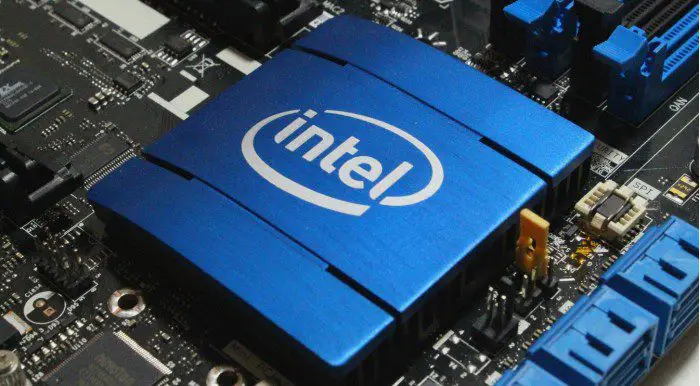Intel plans to throw virus scanning tasks to GPUs to improve performance and improve battery life

According to TheVerge reports, Intel is planning to allow virus scanning tasks to call its own Integrated Graphics to scan for malicious attacks, in order to improve system performance and improve battery life to a certain extent. Rick Echevarria, Intel’s vice president of platform security, explained: “With Accelerated Memory Scanning, the scanning is handled by Intel’s integrated graphics processor, enabling more scanning, while reducing the impact on performance and power consumption. Early benchmarking on Intel test systems show CPU utilization dropped from 20 percent to as little as 2 percent.”
It is reported that Intel is equipped with Threat Detection Technology (TDT) for 6, 7 and 8 generation processors, allowing the machine to transfer certain virus scanning activities to the GPU.
Current virus scanners need to detect and deal with memory-based attacks through the CPU, but this has a big impact on the performance of the machine.
Intel hopes to transfer work from the CPU to the GPU, which can bring improvements in overall performance and power consumption. Because of a typical machine, it does not fully exploit the capabilities of integrated graphics.
It is reported that Intel is preparing to cooperate with Microsoft to support this feature. Specific changes may be added in this month’s Windows Defender Advanced Threat Protection (ATP). In addition, Intel also hopes to cooperate with other software companies.
Source: TheVerge





